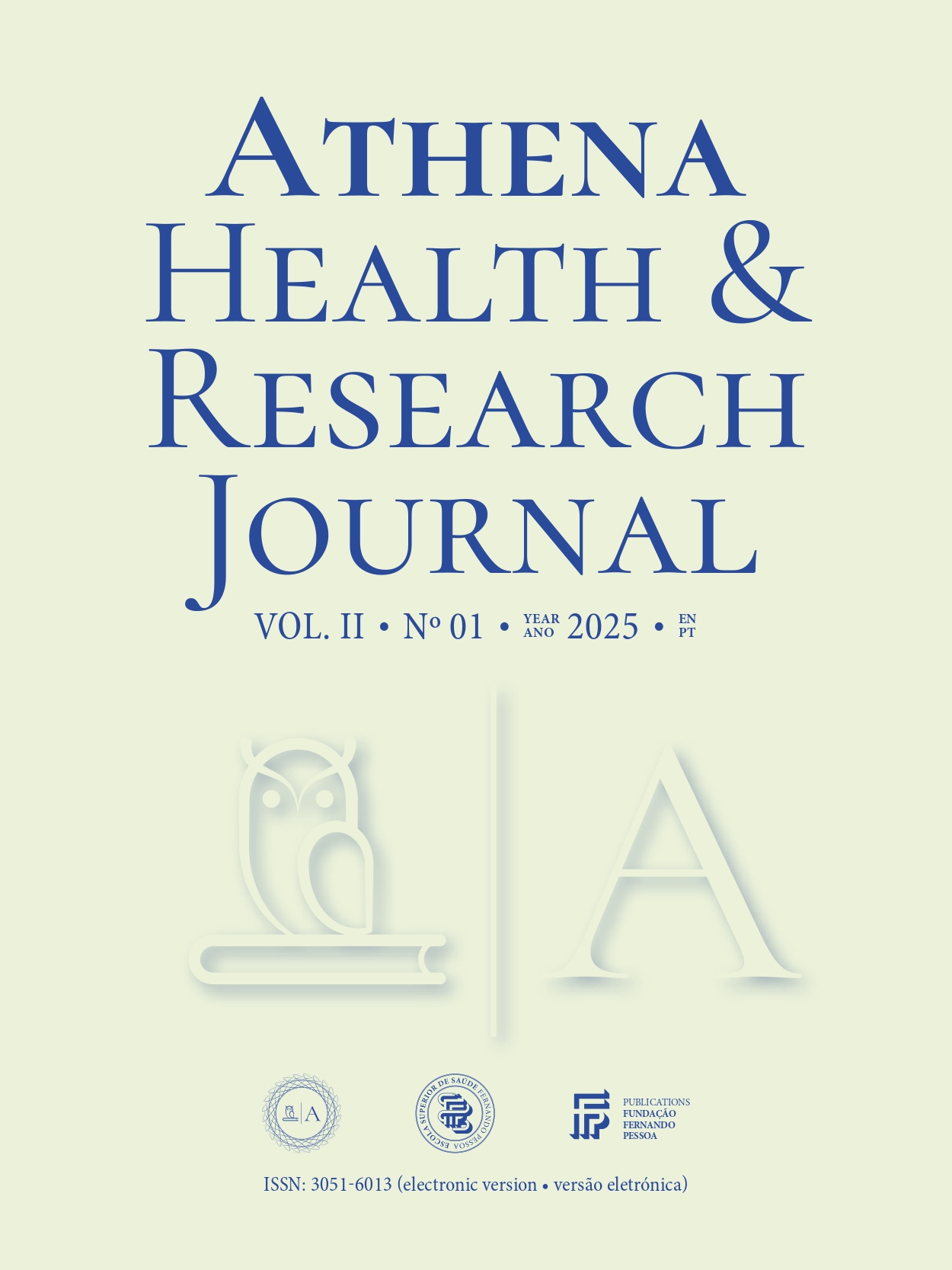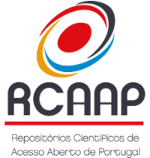Clinical simulation in teaching nursing students: Scoping review protocol
DOI:
https://doi.org/10.62741/ahrj.v2i1.39Keywords:
Students, Nursing, Simulation Training, Education, NursingAbstract
Introduction: Clinical simulation is an innovative teaching technique in nursing education, allowing for the practical application of theory in a safe environment. It promotes the development of both technical and non-technical skills, such as critical thinking, decision-making, and teamwork. It positions the student as the central agent of learning, enhancing confidence and autonomy. Despite its growing use, the scientific evidence remains scattered. This scoping review aims to map that evidence, identifying benefits, effective approaches, and challenges.
Objectives: Map the existing scientific evidence on clinical simulation in the education of nursing students.
Methodology: This scoping review protocol will follow the Joanna Briggs Institute methodology and the PRISMA-ScR recommendations. The research began in March 2025, using the descriptors “Students, Nursing,” “Simulation Training,” and “Education, Nursing” in the following databases: MEDLINE® Complete (via PubMed); CINAHL® Complete, MedicLatina®, and Cochrane Central Register of Controlled Trials® (via EBSCOhost®). Studies related to clinical simulation in nursing student education, written in any language and available in free full text will be considered. Study selection will be carried out by two independent reviewers and a third reviewer will be consulted in cases of disagreement. Studies will be archived and duplicates will be eliminated using the Qatar Computing Research Institute (Rayyan QCRI®) software. To assist data extraction, the authors will develop evidence tables.
Conclusion: It is expected that this review will promote an in-depth critical analysis of clinical simulation in teaching nursing students.
References
Daniel MDC, Galante JFR, de Paiva Furtado JA, da Silva ML, Batista PVS, de Souza RF, et al. Contribuições no processo de en-sino aprendizagem da prática de simulação realística: uma revi-são sistemática. Res Soc Dev. 2021;10(14):e303101421956. doi:10.33448/rsd-v10i14.21956 DOI: https://doi.org/10.33448/rsd-v10i14.21956
Gonçalves SAT. Sentimentos estressores em estudantes de enfermagem no processo de ensino-aprendizagem utilizando a simulação realística: uma revisão de escopo. [dissertação]. 2022. Disponível em: http://tede2.unifenas.br:8080/jspui/handle/jspui/308
Meschial WC, de Paula A, Nespollo AM, de Lima MF, Marin SM, de Castro VC. Explorando a utilização da simulação clínica no ensino de Enfermagem em emergência: uma revisão integrativa. Rev Enferm Cent-Oeste Min. 2024;14. doi:10.19175/recom.v14i0.5148 DOI: https://doi.org/10.19175/recom.v14i0.5148.
Peters MDJ, Marnie C, Tricco AC, Pollock D, Munn Z, Alexander L, et al. Updated methodological guidance for the conduct of scoping reviews. JBI Evid Synth. 2020;18(10):2119-2126. doi:10.11124/JBIES-20-00167 DOI: https://doi.org/10.11124/JBIES-20-00167
Tricco A, Lillie E, Zarin W, O'Brien KK, Colquhoun H, Levac D, et al. PRISMA Extension for Scoping Reviews (PRISMA-ScR): Checklist and Explanation. Ann Intern Med. 2018;169(7):467-473. doi:10.7326/M18-0850 DOI: https://doi.org/10.7326/M18-0850
Ouzzani M, Hammady H, Fedorowicz Z, Elmagarmid A. Ray-yan—a web and mobile app for systematic reviews. Syst Rev. 2016;5:210. doi:10.1186/s13643-016-0384-4 DOI: https://doi.org/10.1186/s13643-016-0384-4
Downloads
Published
Versions
- 02-05-2025 (2)
- 02-05-2025 (1)
Issue
Section
License
Copyright of published papers is assigned to the Journal, but all content is licensed under the terms of Creative Commons Non-comercial 4.0 International License. Thus users are allowed to read, download, copy, distribute, print, search, or link to the full texts of the articles, or use them for any other lawful purpose, without asking prior permission from the publisher or the author. This is in accordance with the BOAI definition of open access.














